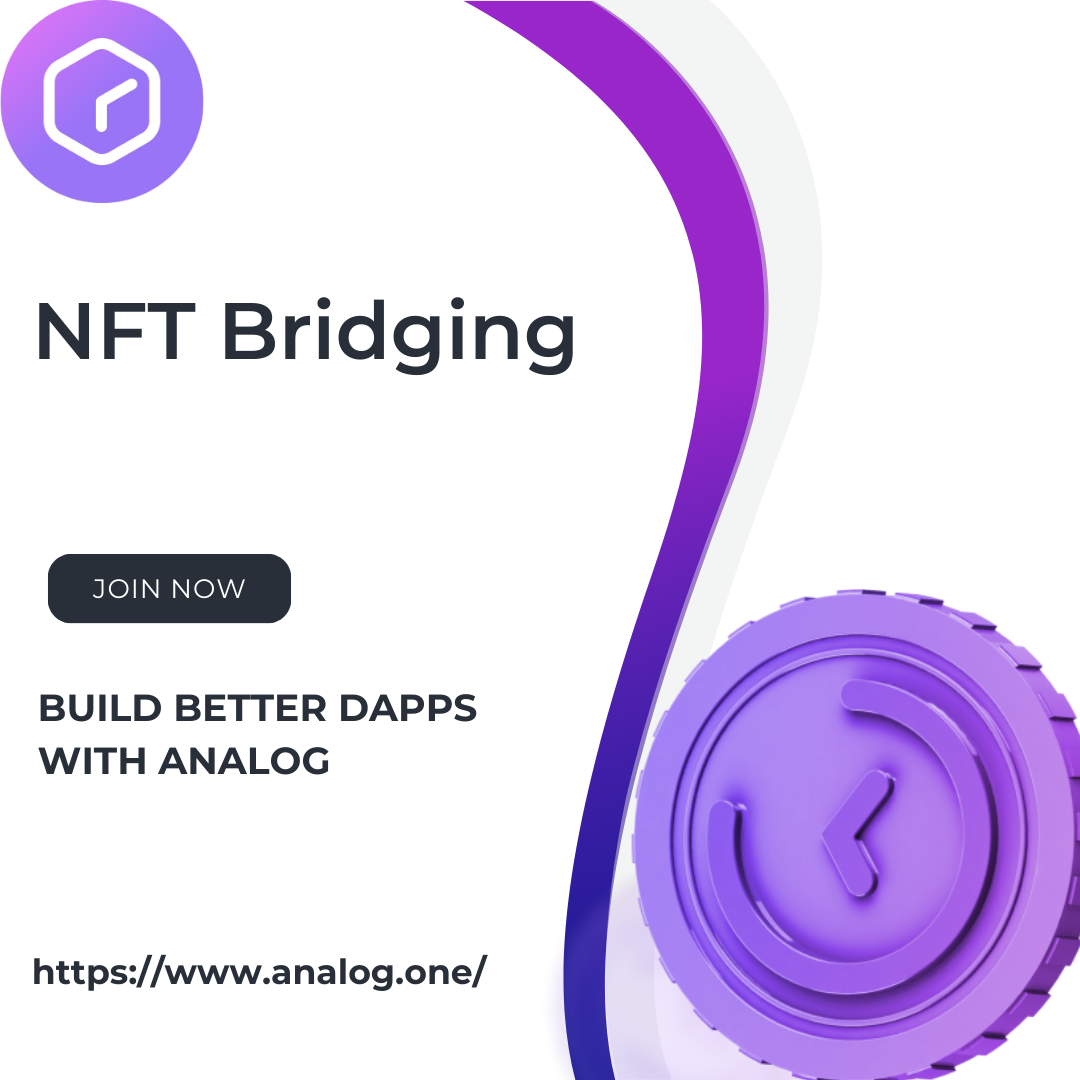
In the ever-expanding universe of blockchain technology, the term "interoperability" is gaining significant attention. At its core, interoperability refers to the ability of different blockchain networks to communicate, share data, and collaborate seamlessly. Among the various aspects of blockchain, cross-chain interoperability stands out as a game-changer, offering the promise of a more interconnected and efficient digital landscape. In this comprehensive guide, we will delve into the world of cross-chain interoperability, exploring its significance, challenges, and the solutions that are driving the future of blockchain technology.
The Importance of Interoperability in Blockchain
Before we dive into cross-chain interoperability, let's understand why interoperability is crucial for the blockchain ecosystem:
1. Fragmented Blockchain Landscape
The blockchain space is characterized by a multitude of networks, each with its unique features, consensus mechanisms, and use cases. These isolated blockchains result in a fragmented landscape, limiting the flow of data and value between them.
2. Limited Utility
Isolated blockchains limit the utility of digital assets and applications. For example, if you have a digital asset on one blockchain, it's challenging to use it on another without complex and often costly conversion processes.
3. Scalability Challenges
As the adoption of blockchain technology grows, scalability becomes a critical concern. Isolated blockchains often struggle to handle increased transaction volumes, leading to congestion and high fees.
4. Redundancy
Different blockchains may be solving similar problems or offering similar functionalities. This redundancy leads to inefficiencies and increased resource consumption.
What Is Cross-Chain Interoperability?
Cross-chain interoperability aims to break down the barriers between different blockchain networks, enabling them to work together seamlessly. At its core, cross-chain interoperability facilitates the exchange of assets, data, and information between different blockchains. Here's how it works:
1. Communication Protocols
Cross-chain interoperability relies on communication protocols that allow different blockchains to understand and interact with each other. These protocols ensure that data and transactions can move across blockchains securely and transparently.
2. Smart Contracts
Smart contracts play a crucial role in cross-chain interoperability. They act as bridges between blockchains, executing predefined actions when specific conditions are met. These smart contracts facilitate trustless exchanges of assets and data.
3. Oracles
Oracles are external data sources that provide information to blockchains. They play a vital role in cross-chain interoperability by supplying data from one blockchain to another, enabling decentralized applications (dApps) to access off-chain information.
Benefits of Cross-Chain Interoperability
Cross-chain interoperability offers a wide range of benefits for the blockchain ecosystem:
1. Asset Portability
Users can move assets from one blockchain to another without relying on centralized exchanges or complex processes. This flexibility enhances the utility of digital assets.
2. Enhanced Scalability
Cross-chain interoperability can help distribute transactions and computational load across multiple blockchains, addressing scalability challenges.
3. Decentralized Finance (DeFi) Expansion
DeFi applications can benefit greatly from cross-chain interoperability. Users can access a broader range of financial services and assets across multiple blockchains, fostering innovation and growth in the DeFi space.
4. Cross-Platform dApps
Developers can create decentralized applications that leverage the strengths of multiple blockchains, providing users with more robust and feature-rich applications.
5. Improved Data Sharing
Cross-chain interoperability facilitates the sharing of data across different networks, enabling real-world data to be integrated into blockchain applications.
Challenges of Cross-Chain Interoperability
While cross-chain interoperability offers numerous advantages, it's not without its challenges:
1. Technical Complexity
Implementing cross-chain interoperability solutions can be technically complex, requiring intricate smart contracts, communication protocols, and consensus mechanisms.
2. Security Concerns
Interoperability introduces new security risks. Vulnerabilities in one blockchain can potentially impact interconnected blockchains.
3. Lack of Standards
The blockchain space lacks standardized interoperability protocols, leading to fragmentation and compatibility issues.
4. Regulatory Hurdles
Cross-chain transactions and asset movements may raise regulatory concerns in some jurisdictions, potentially leading to legal challenges.
Prominent Cross-Chain Interoperability Solutions
Several projects and platforms are working on cross-chain interoperability solutions, each with its approach and strengths:
1. Polkadot
Polkadot is building a multichain network that enables different blockchains to interoperate. It uses parachains and bridges to connect blockchains within its ecosystem.
2. Cosmos
Cosmos, through its Inter-Blockchain Communication (IBC) protocol, enables blockchains to communicate and share data. Cosmos aims to create an "Internet of Blockchains."
3. Chainlink
Chainlink is known for its decentralized oracle network but is also working on solutions to enable cross-chain communication. Its goal is to provide secure and reliable data and asset transfers between blockchains.
4. Binance Smart Chain (BSC)
Binance Smart Chain offers compatibility with Ethereum, making it easier for developers to create cross-chain dApps and migrate existing Ethereum projects.
The Future of Cross-Chain Interoperability
Cross-chain interoperability is on the verge of transforming the blockchain landscape. As the technology matures, we can expect to see:
1. Seamless Asset Transfers
Users will be able to move assets effortlessly between different blockchains, unlocking new possibilities for asset management and investment.
2. Robust DeFi Ecosystems
DeFi applications will become more powerful and versatile, offering users a broader range of financial services and investment opportunities.
3. Cross-Platform dApps
Developers will create dApps that leverage the strengths of multiple blockchains, resulting in more feature-rich and versatile applications.
4. Increased Adoption
Interoperability will make blockchain technology more accessible and attractive to businesses and individuals, driving increased adoption and innovation.
Cross-chain interoperability is a pivotal step toward a more connected and efficient blockchain ecosystem. While it presents challenges, the potential benefits are immense. As the technology matures and more projects contribute to the development of interoperability solutions, we can look forward to a future where blockchains seamlessly communicate, assets flow effortlessly, and decentralized applications become more versatile and powerful than ever before. This is the next frontier in the blockchain revolution, and it promises to unlock new opportunities and possibilities for users and developers alike. Analog is a completely decentralized, PoT-based, layer-0 platform for communicating validated event data. At the core of the platform are tesseracts and time nodes (explained later) that can privately fetch and confirm event data from sovereign chains, allowing different ecosystems to speak the same language.

.jpg)



.jpg)

.png)
Write a comment ...